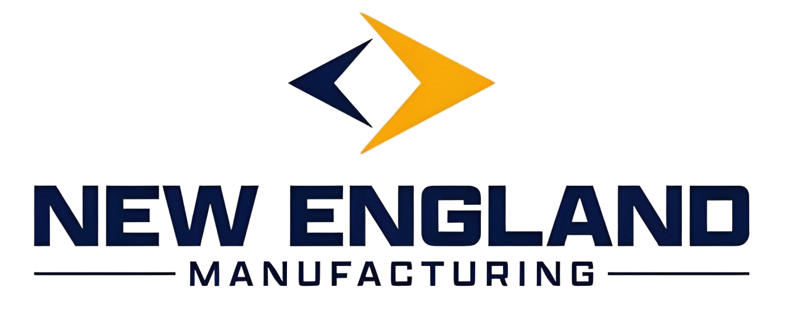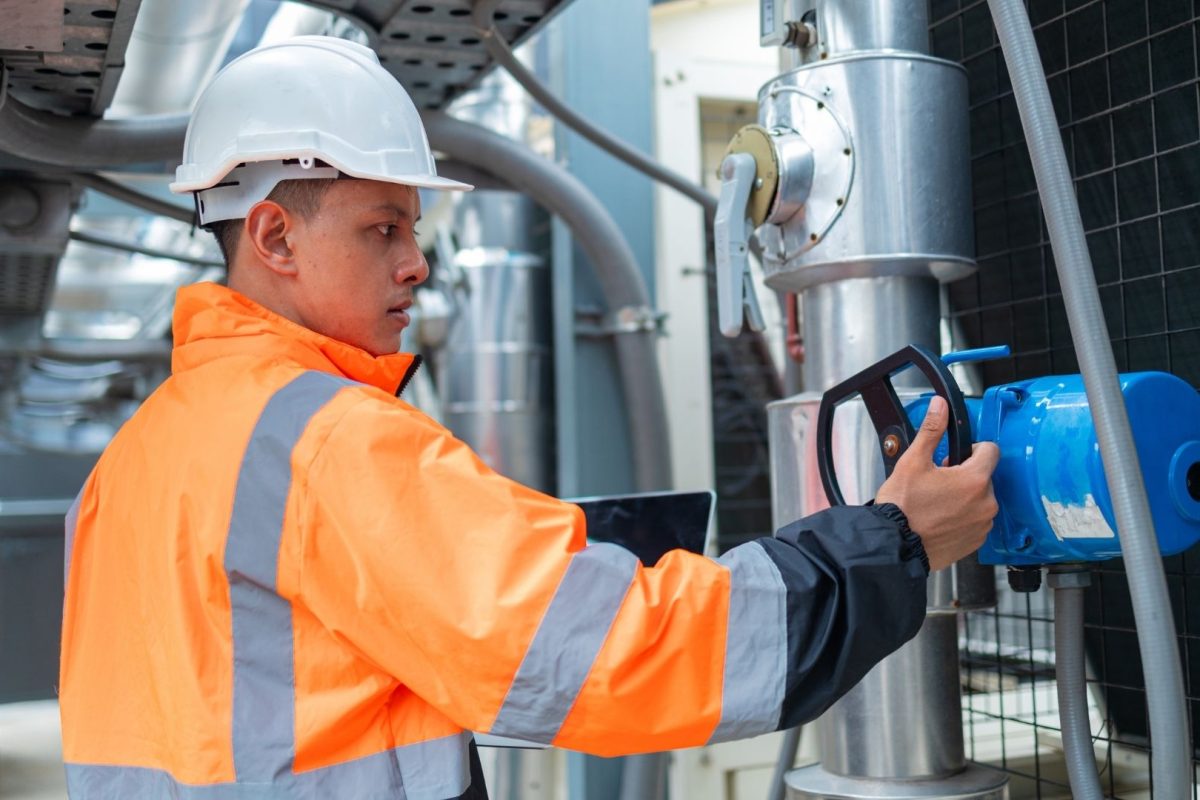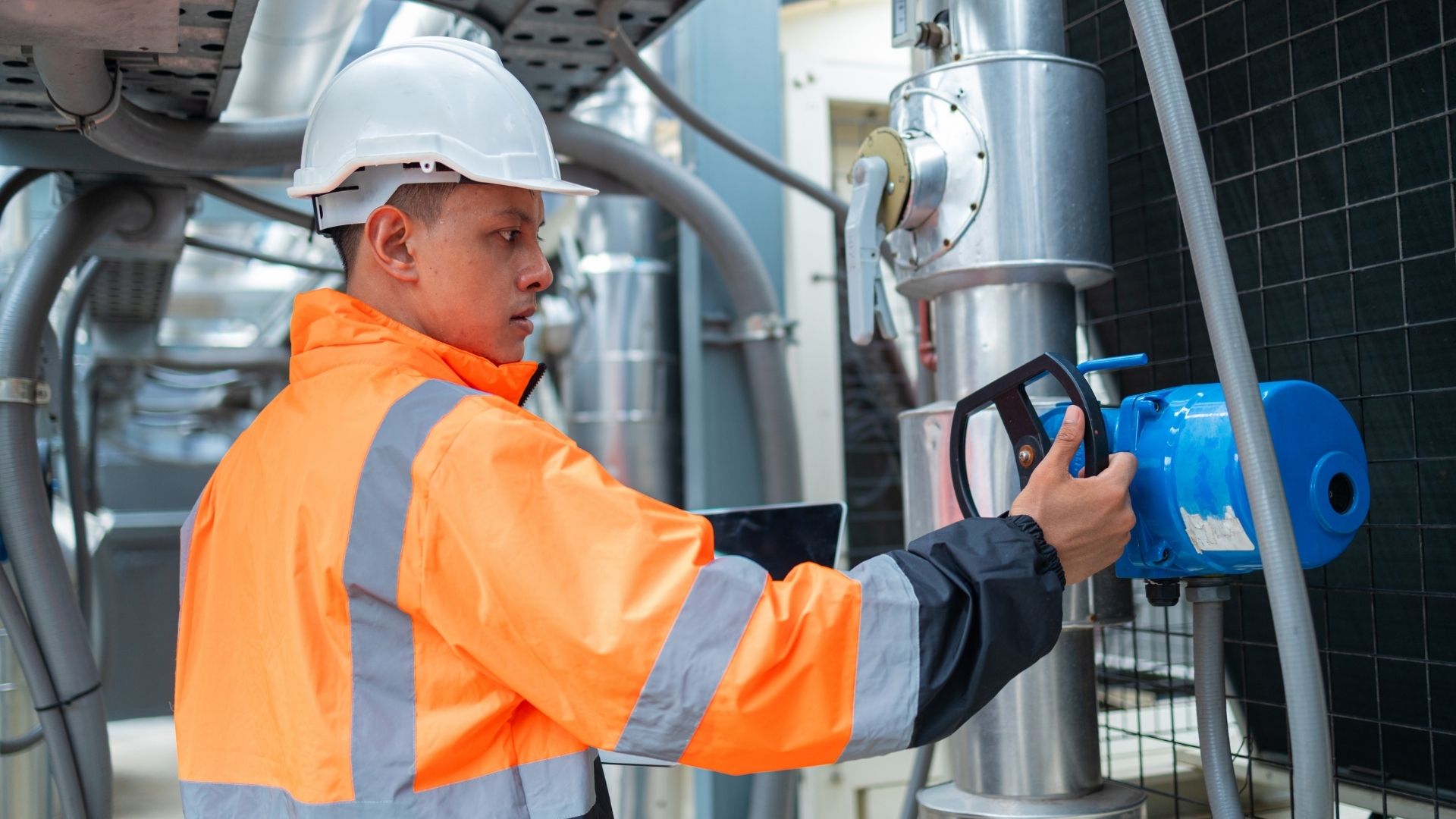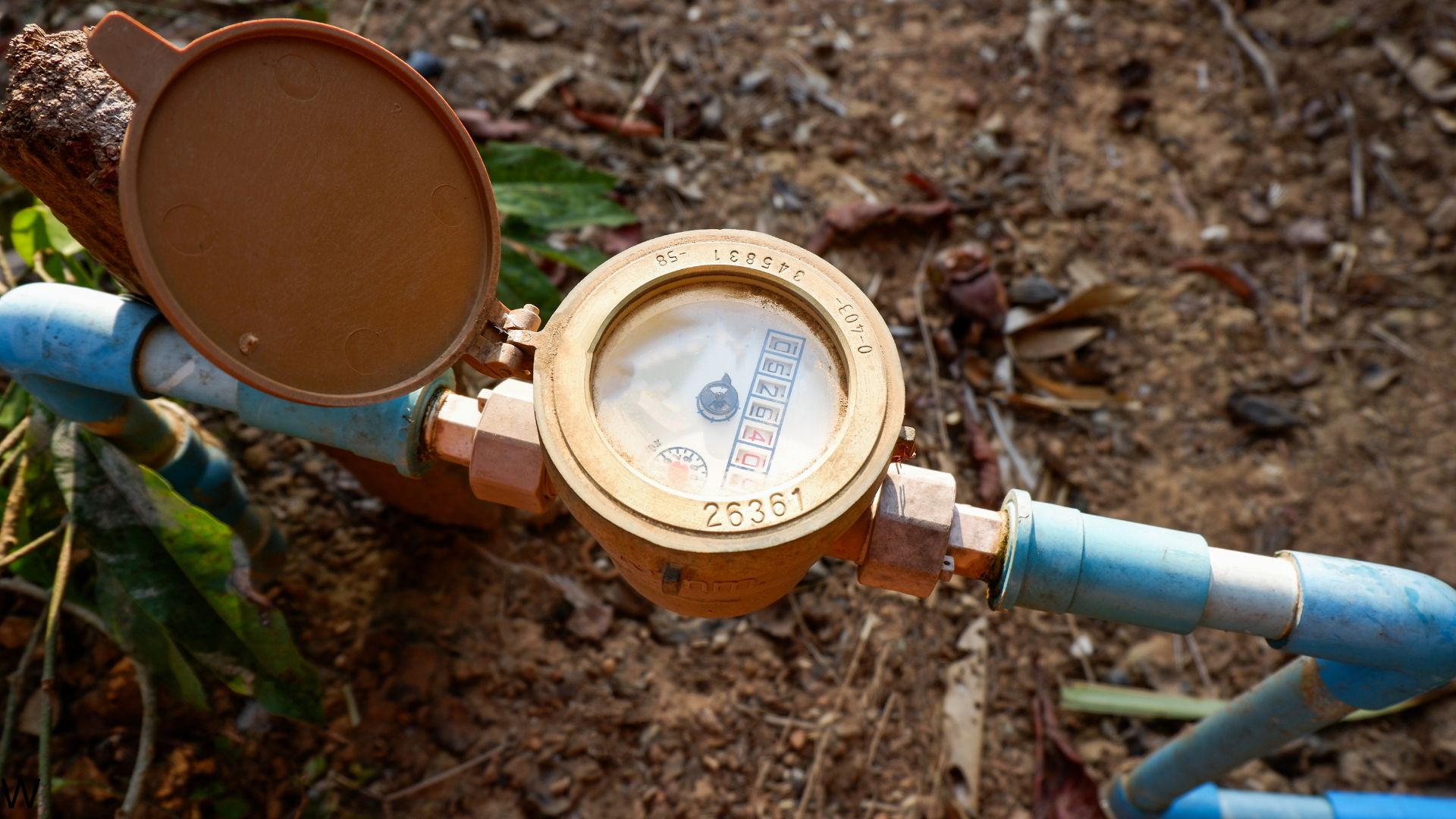You, as a water professional, need precise flow measurement tools for accurate system control and data collection.
A water flow sensor gives you real-time readings of how much water is moving through your pipes and systems. These devices serve as essential components in water management, system control, and flow analysis applications.
What Is a Water Flow Sensor?
A water flow sensor is an electronic device that measures the rate of water flow through pipes or systems. The sensor detects water movement and converts this movement into electrical signals that show flow rate measurements.
Water flow sensors work by detecting physical changes that occur when water moves through the sensor housing. The device measures how much water passes through a specific point over a set time period. Most sensors display results in liters per minute, gallons per minute, or cubic meters per hour.
These sensors connect directly to water pipes or systems where flow measurement is required. Some sensors are installed inside the pipe, while others attach to the outside of pipes without cutting or modification.
Basic Operation Principle
Water flow sensors use different methods to detect flow. The most common type uses a small turbine wheel inside the sensor housing. Water flow causes the wheel to rotate. The rotation speed increases as flow rate increases.
A magnetic component attaches to the rotating wheel. Each rotation creates changes in magnetic field strength. A Hall effect sensor detects these magnetic field changes and converts them into electrical pulses.
The number of pulses relates directly to the volume of water that flows through the sensor. Electronic circuits count these pulses and calculate flow rate based on the pulse frequency.
Water Flow Sensor Specifications
Different water flow sensor models offer various specifications for different applications. Here are the key technical specifications for common sensor types:
| Specification | YF-S201 Model | YF-S402 Model | YF-B Series |
| Flow Rate Range | 1-30 L/min | 1-25 L/min | 1-30 L/min |
| Working Voltage | DC 5V-24V | DC 4.5V-15V | DC 5V-15V |
| Operating Current | ≤15mA | ≤15mA | ≤15mA |
| Pulse Output | 450 pulses/liter | 4380 pulses/liter | Variable |
| Thread Size | G1/2 inch | G1/2 inch | Various |
| Material | Plastic body | Copper body | Copper/Plastic |
| Temperature Range | 0°C to +80°C | 0°C to +80°C | 0°C to +80°C |
| Pressure Rating | ≤1.75 MPa | ≤1.75 MPa | ≤1.75 MPa |
| Accuracy | ±3% | ±3% | ±3% |
Electrical Specifications
Most water flow sensors operate on low voltage DC power supply. Standard electrical specifications include:
| Parameter | Standard Range | Notes |
| Supply Voltage | DC 4.5V to 24V | Most common: DC 5V or 12V |
| Current Draw | 10mA to 15mA | Low power consumption |
| Output Signal | Digital pulse | Square wave pulses |
| Pulse Voltage | 0V to supply voltage | TTL compatible levels |
| Response Time | <1 second | Real-time measurement |
Physical Specifications
Water flow sensors come in different sizes to fit various pipe diameters and flow requirements:
| Pipe Size | Thread Type | Sensor Length | Flow Range |
| DN15 | G1/2 inch | 40-70mm | 1-30 L/min |
| DN20 | G3/4 inch | 50-80mm | 5-60 L/min |
| DN25 | G1 inch | 60-90mm | 10-100 L/min |
| Custom | Various | Variable | Application specific |
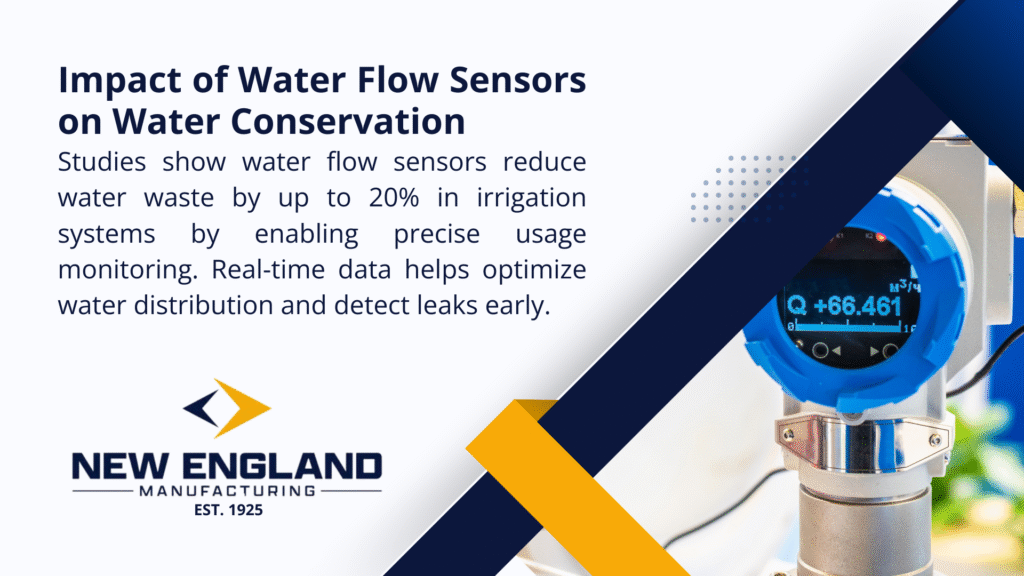
Features of Water Flow Sensors
Modern water flow sensor designs include several important features that make them suitable for professional water system applications.
- Sensor Body Construction
The sensor body houses all internal components and provides the connection points for water pipes. Most professional sensors use brass or copper construction for the body. These materials resist corrosion and provide long service life in water applications.
Plastic body sensors cost less but work well for clean water applications with moderate temperature and pressure requirements. Copper and brass bodies handle higher pressures and temperatures better than plastic versions.
- Hall Effect Detection System
The Hall effect sensor is the electronic component that detects magnetic field changes. This sensor produces no mechanical wear because it has no physical contact with moving parts. Hall sensors provide reliable operation over many years of service.
The Hall sensor outputs digital pulses when it detects magnetic field changes. These pulses are clean digital signals that electronic circuits can process easily.
- Turbine Wheel Assembly
The turbine wheel rotates when water flows through the sensor. The wheel design affects sensor accuracy and flow range. Most wheels use lightweight materials that respond quickly to flow changes.
A small magnet attaches to the wheel. The magnet rotates with the wheel and creates the magnetic field changes that the Hall sensor detects.
- Output Signal Processing
Water flow sensors output digital pulse signals. Each pulse represents a specific volume of water flow. The pulse frequency increases as flow rate increases.
Electronic systems count these pulses to calculate total flow volume and flow rate. The relationship between pulses and flow volume depends on the specific sensor model.
Connection and Interface Options
Professional water flow sensors offer different connection methods:
Threaded Connections: Standard pipe threads allow direct connection to existing pipe systems. Common thread sizes include G1/2 inch, G3/4 inch, and G1 inch.
Compression Fittings: Some sensors use compression fittings that work with copper tubing or plastic pipes.
Flanged Connections: Large sensors may use flanged connections for permanent installation in bigger pipe systems.
Electrical Connections: Most sensors have three wire connections – power supply positive, ground, and pulse output signal.
Key Components That Make Up Water Flow Sensors
A complete water flow sensor system includes several essential components that work together to provide accurate flow measurement.
- Primary Components
| Component | Function | Impact on Performance |
| Sensor Housing | Main body that contains all other components and provides pipe connections | Housing material affects durability and chemical compatibility |
| Turbine Rotor | Rotating element that spins when water flows through the sensor | Rotor design affects flow range and accuracy |
| Magnetic Element | Creates the magnetic field that the Hall sensor detects | Determines signal strength and detection reliability |
| Hall Effect Sensor | Electronic component that detects magnetic field changes and converts them to electrical pulses | Controls measurement accuracy and response time |
| Signal Conditioning Circuit | Electronic circuits that process Hall sensor output and provide clean digital pulse signals | Ensures signal quality and compatibility with external systems |
- Secondary Components
| Component | Function | Importance |
| Bearing System | Supports the rotating turbine wheel | Quality bearings provide smooth rotation and long service life |
| Sealing System | O-rings and gaskets prevent water leaks around rotating parts and electrical connections | Prevents water damage and maintains system integrity |
| Calibration Elements | Internal components that set the relationship between flow rate and pulse output frequency | Determines measurement accuracy and consistency |
| Temperature Compensation | Maintains accuracy across different water temperatures | Ensures reliable readings in varying conditions |
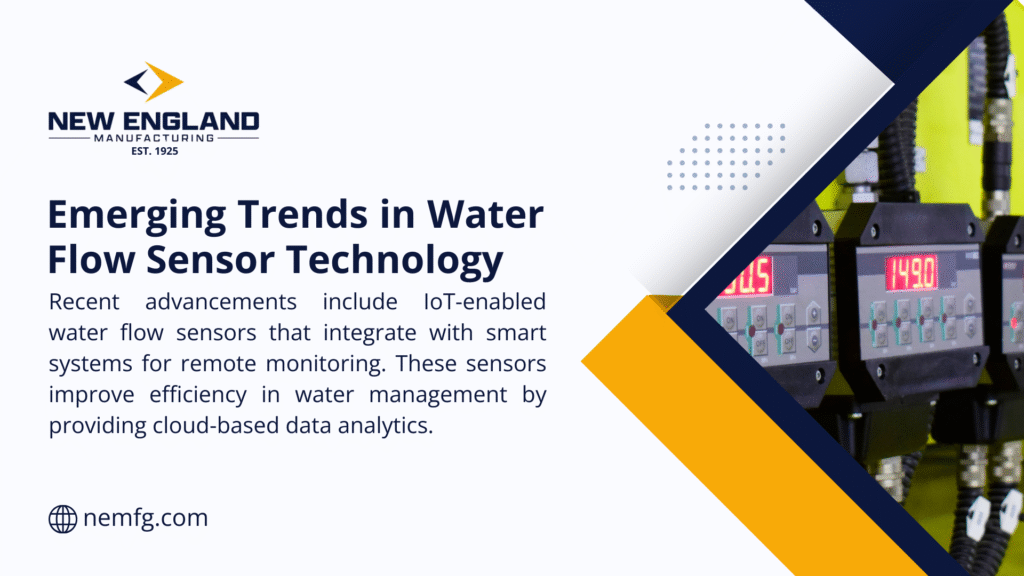
Quality and Reliability Features
Professional water flow sensors include design features that improve reliability and accuracy:
| Feature | Description | Benefit |
Debris Resistance | Internal design that allows small particles to pass through without blocking the sensor | Prevents sensor clogging and maintains consistent operation |
| Low Flow Detection | Sensitive designs that can detect very low flow rates accurately | Enables measurement of minimal flows and leak detection |
| High Pressure Rating | Construction that withstands water system pressures without damage or leaks | Ensures safe operation in high-pressure applications |
| Wide Temperature Range | Materials and design that work properly across the full range of water temperatures | Maintains accuracy in both hot and cold water systems |
| EMI Resistance | Electronic circuits that resist electrical interference from other equipment | Provides stable readings in electrically noisy environments |
Where Can Water Flow Sensors Be Used In?
Water flow sensors serve many purposes in professional water systems. Common applications include flow monitoring in water treatment plants, pump control systems, irrigation management, building water systems, and industrial process control.
Water professionals use these sensors for system optimization, leak detection, usage monitoring, and regulatory compliance. The choice of sensor type depends on the specific application requirements, flow range, accuracy needs, and environmental conditions.
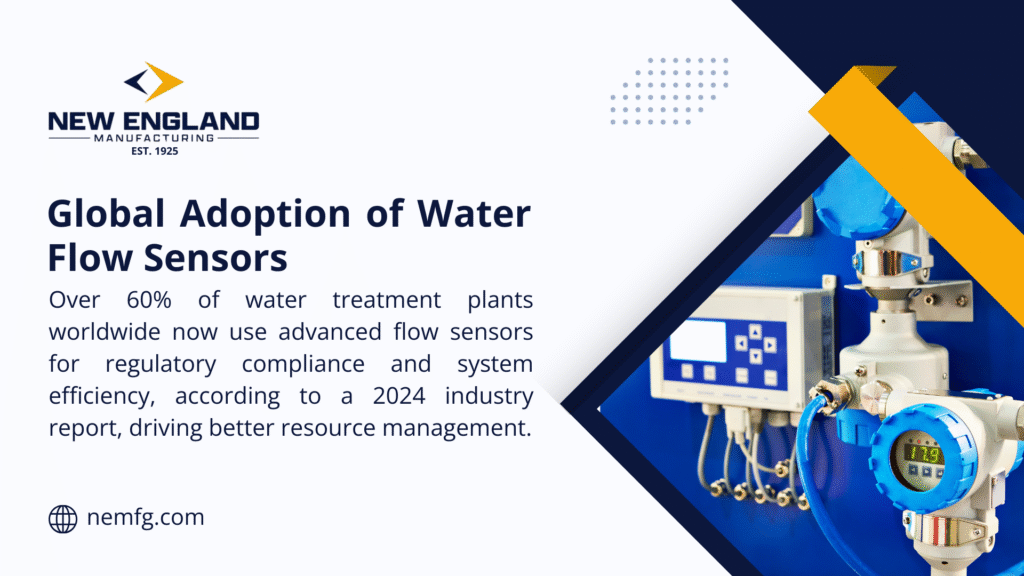
Important Points to Remember
It is very important for you to know water flow sensors and different types because this will allow you to make informed decisions that benefit your customers and projects.
You need to have the correct flow measurement solution to collect data, which will give you the confidence to establish an optimal system.
Keep in mind:
- Match the water flow sensor type to your application specifications
- Consider the upfront costs and the long-range maintenance of the water flow sensor
- Get the installation right – this is crucial for accuracy
- Maintenance will prolong the life of the water flow sensors and ensure accuracy
- Professional testing equipment is an assurance of continual reliability
If you’re a water professional who needs accurate flow measurements without worrying about unreliable equipment, New England Manufacturing has been offering high-quality water flow equipment for over 100 years. We are a veteran-owned company and care deeply about helping with your water flow testing equipment and professional calibration needs.For technical support and product selection assistance, contact our team of water flow measurement experts. We provide the knowledge and equipment water professionals need for accurate flow measurement and system control.
For More:
